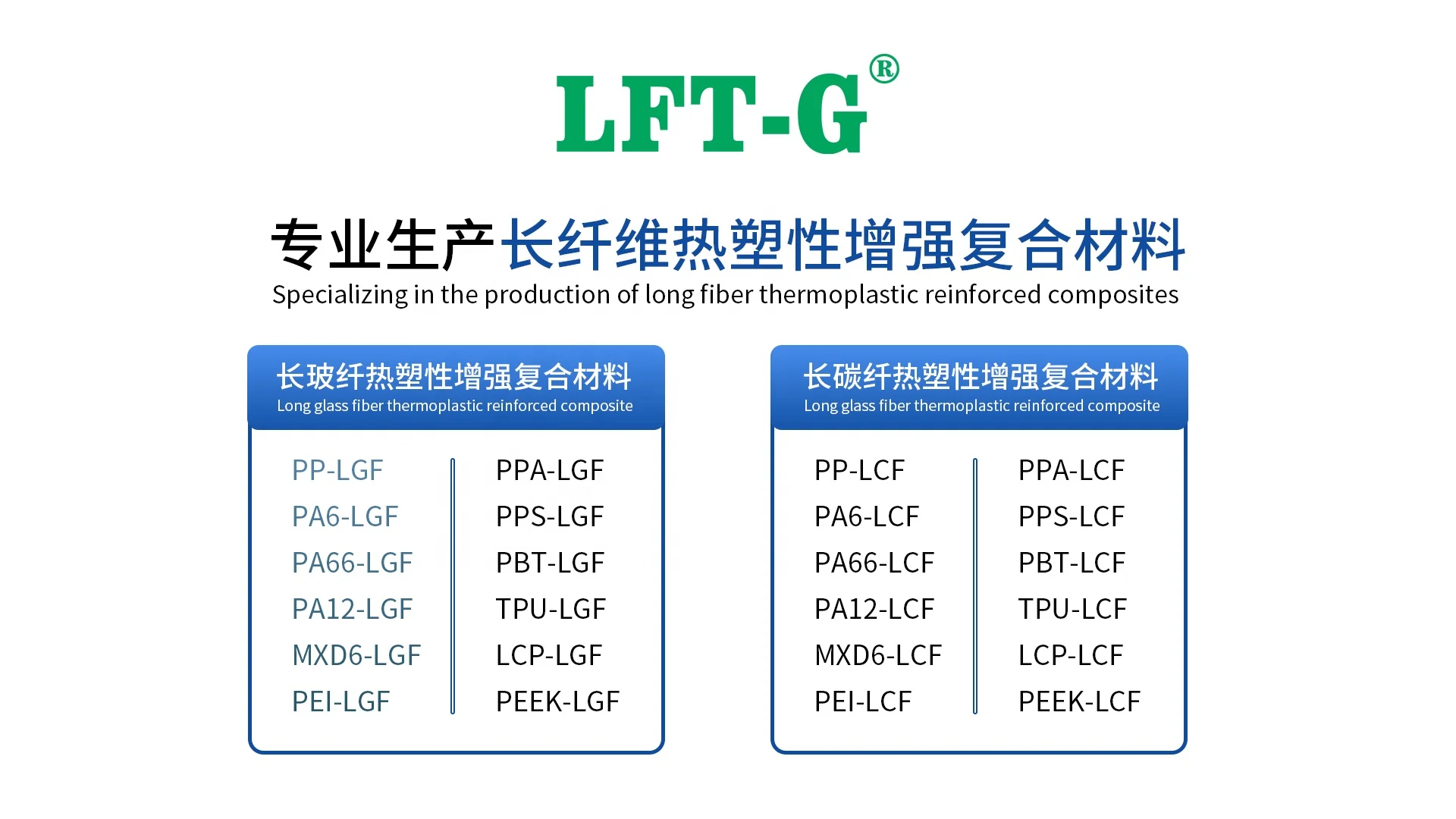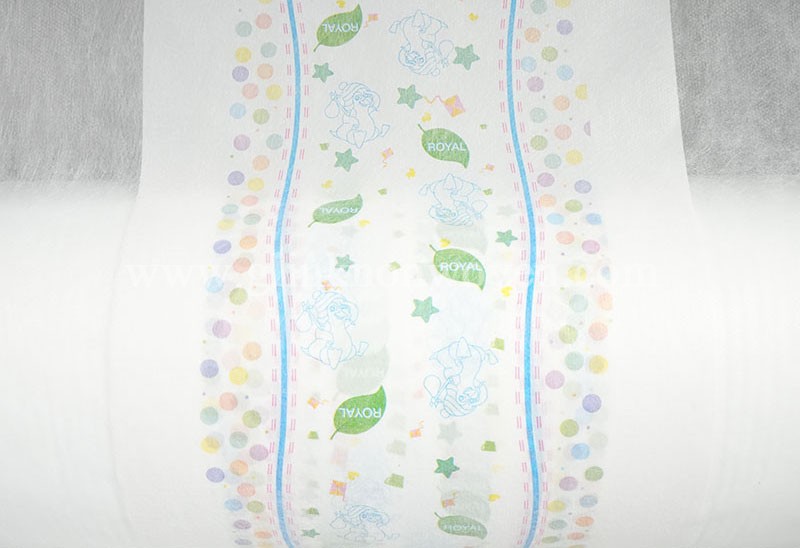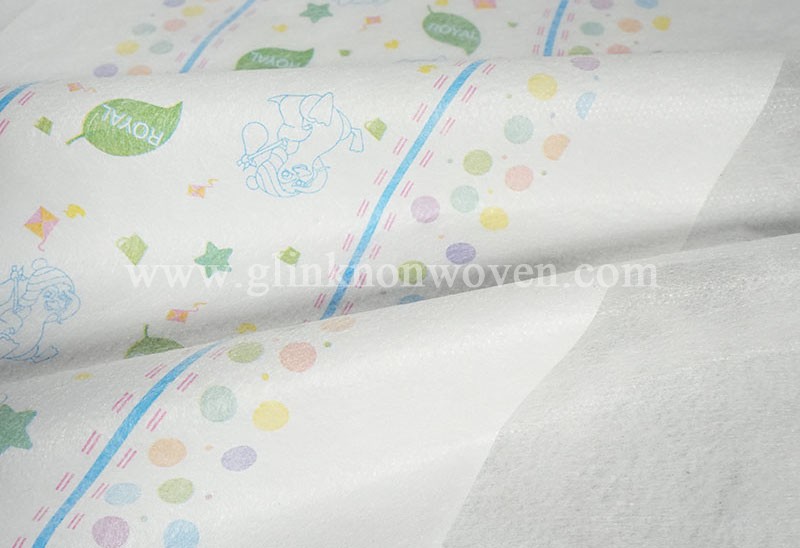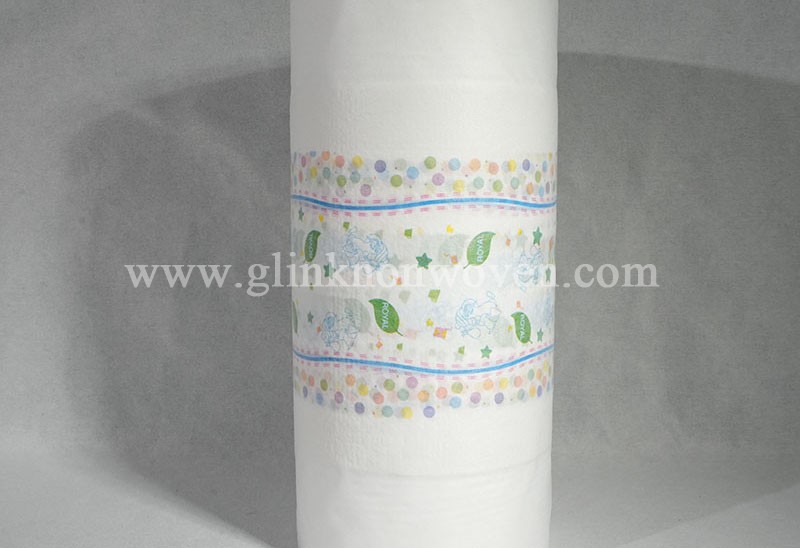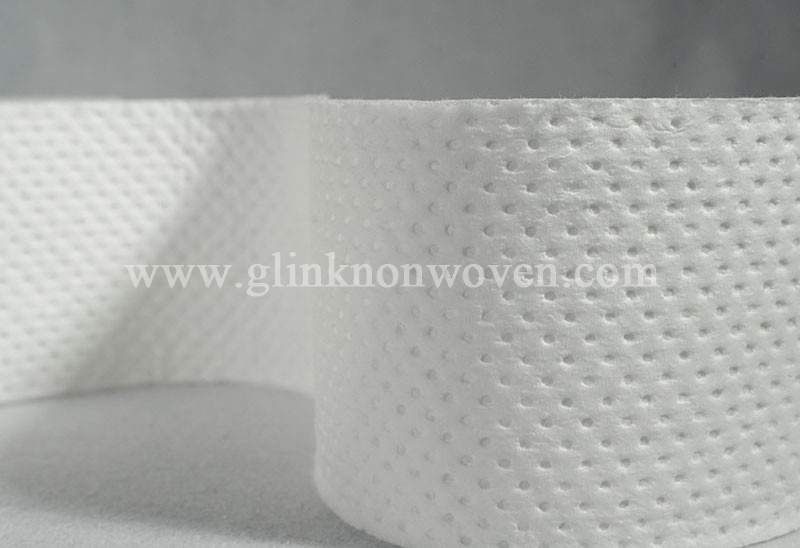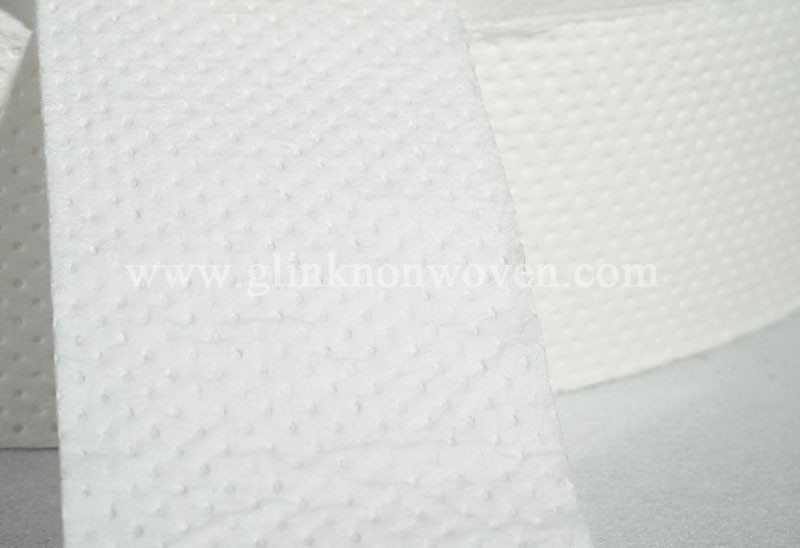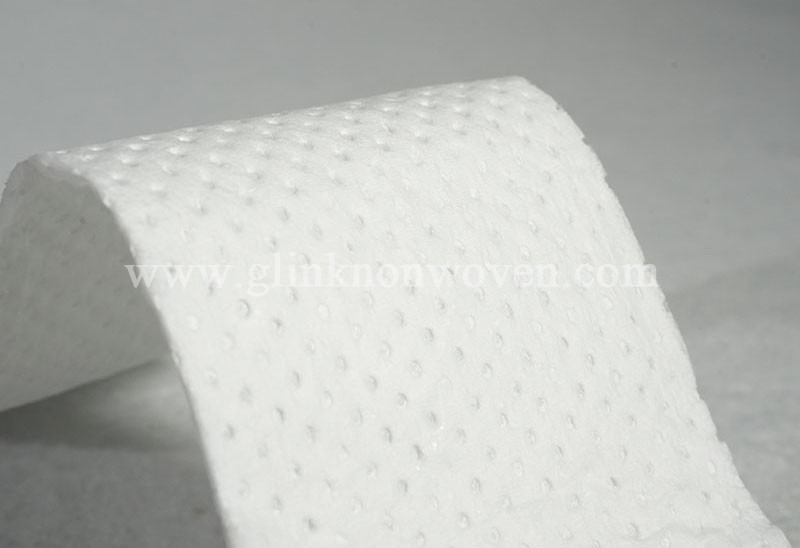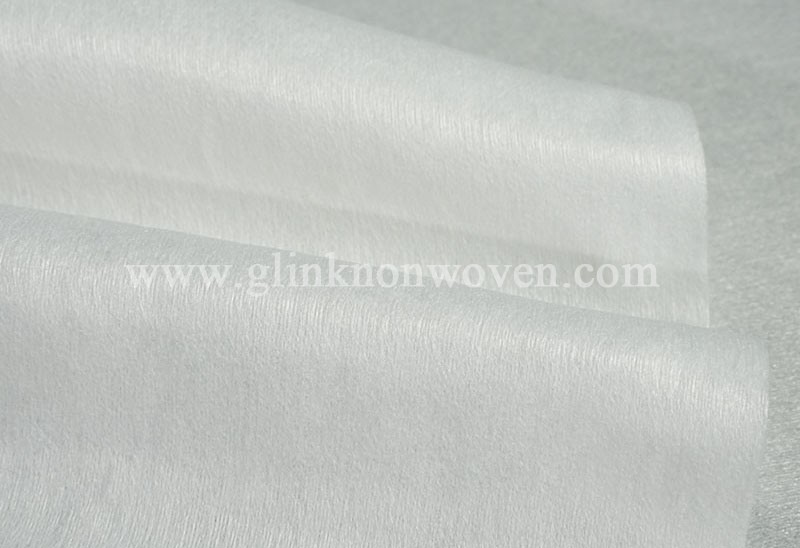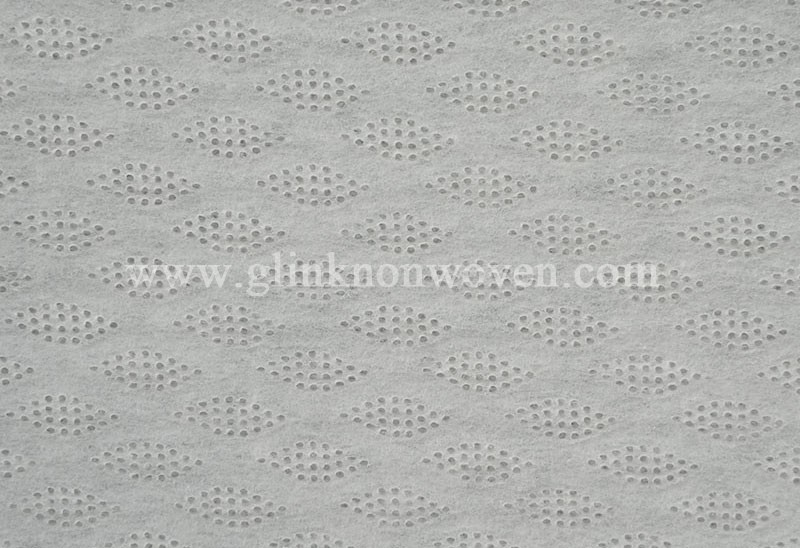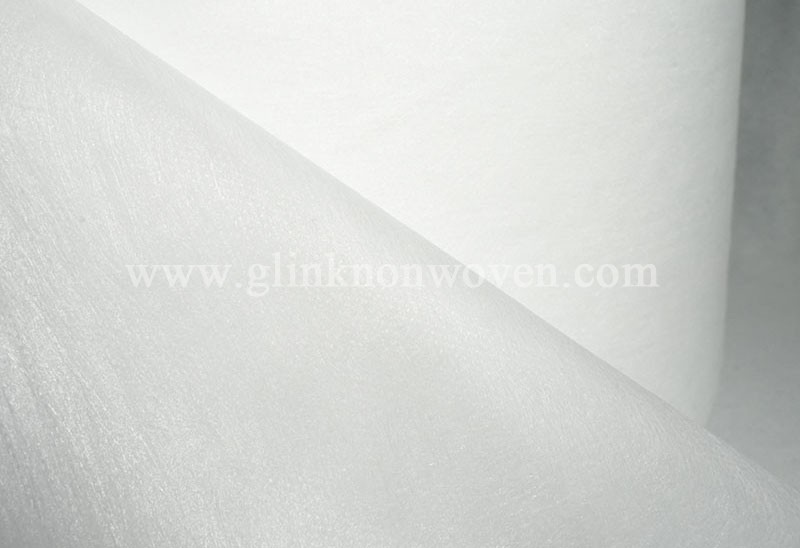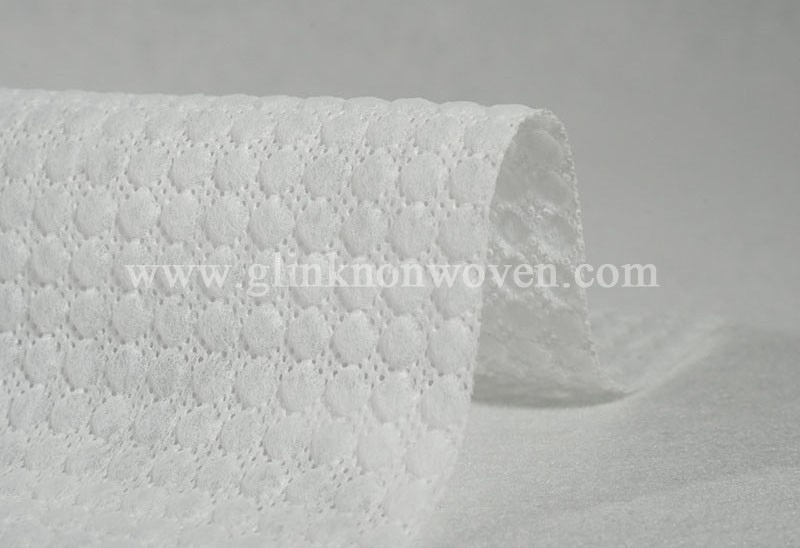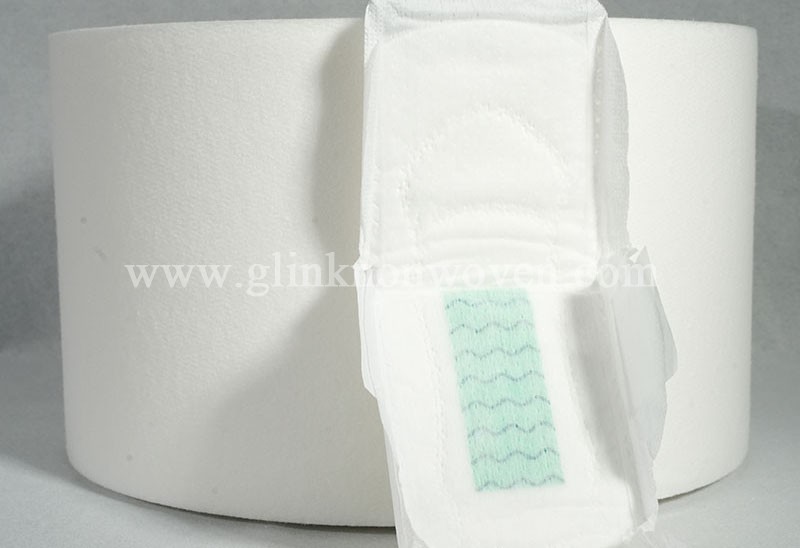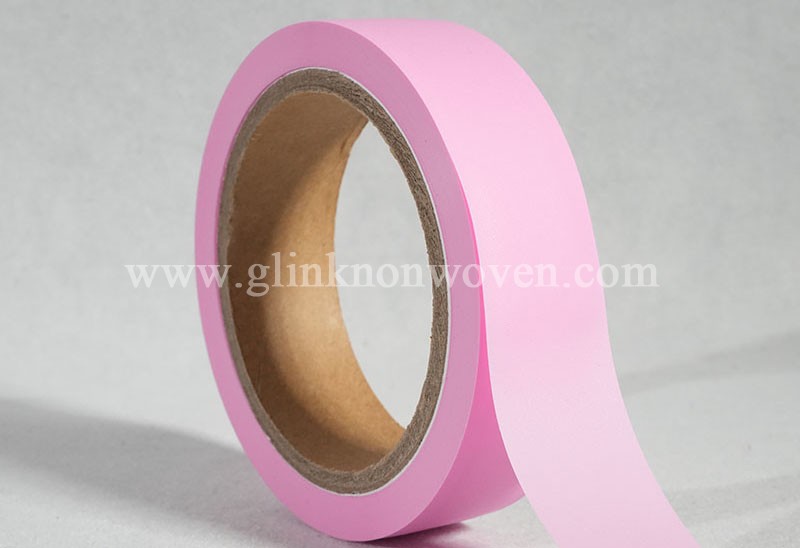
In the ever-evolving field of materials science, carbon fiber has become a cornerstone in many high-end sectors due to its exceptional performance. From high-precision aerospace equipment to lightweight innovations in automotive manufacturing, and even performance enhancements in sports equipment, carbon fiber is everywhere. In recent years, the domestic carbon fiber industry has made remarkable strides and achieved significant accomplishments. However, compared to imported carbon fiber, there are still some performance gaps that cannot be ignored. Today, let’s delve into the differences between the two.
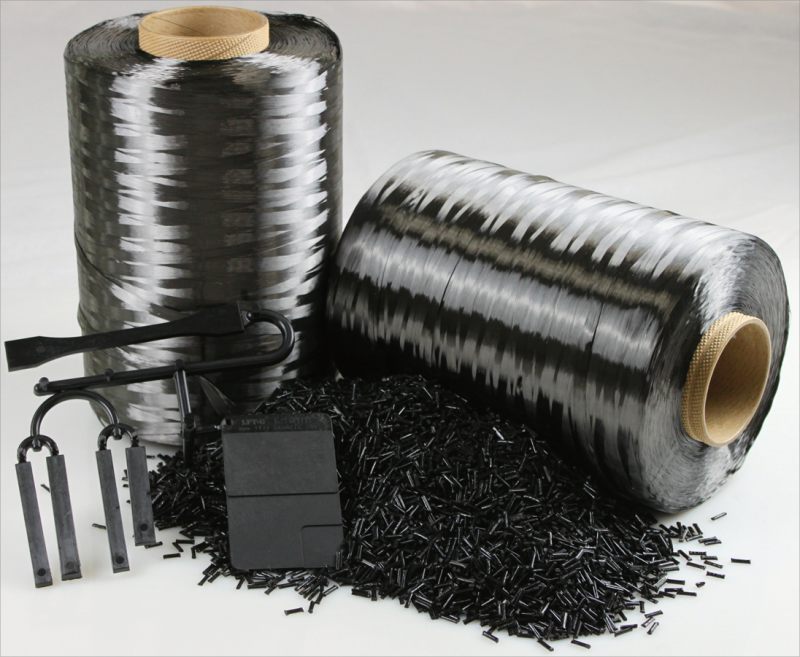
1. Carbon Fiber Performance Indicators
The performance of carbon fiber is mainly measured by several key indicators, which act like its “ID card” and determine its suitability for various applications.
- Tensile Strength: This refers to the maximum load capacity of the material when subjected to tension, much like the heaviest weight a strongman can lift. For example, in the aerospace field, aircraft wings need to withstand tremendous aerodynamic forces during flight. High tensile strength carbon fiber ensures that the wings don’t break under complex stress, ensuring flight safety. For instance, in the manufacture of high-performance fighter jets, there are stringent requirements for the tensile strength of carbon fiber in the wings.
- Tensile Modulus: This reflects the rigidity of the material, similar to how one would measure the stiffness of a spring. In automotive manufacturing, a higher tensile modulus makes the car’s structure more stable, improving vehicle handling and crash safety. When a car takes a sharp turn at high speeds, carbon fiber body components with high tensile modulus can minimize deformation and maintain stability.
- Density: This directly affects the lightweight nature of the product, which is crucial in fields focused on energy efficiency and speed. In the electric vehicle industry, reducing the body weight can significantly improve the range. Using low-density carbon fiber materials for the car body can reduce weight without compromising performance, thereby reducing energy consumption.
- Elongation at Break: This indicates how much the material can deform before breaking, much like how far an elastic band can stretch. In sports equipment such as tennis rackets, an appropriate elongation at break allows the racket to flex slightly upon impact, enhancing hitting power and feel.
These indicators are interrelated but each plays a unique role, contributing to the overall performance of carbon fiber in real-world applications. Together, they determine how carbon fiber performs in different scenarios.
2. Comparison of Performance Parameters: Domestic vs. Imported Carbon Fiber
According to publicly available data, in the high-end carbon fiber sector, imported carbon fibers still maintain a leading edge in tensile strength and tensile modulus due to the long-standing technological advantages they have accumulated. Toray, a global leader in the carbon fiber industry, produces some models of carbon fiber with outstanding performance. The tensile strength of these fibers can exceed 7000 MPa, and the tensile modulus is over 300 GPa. This data indicates that these carbon fiber materials can withstand enormous tension without breaking and possess extremely high rigidity.
Domestic high-end carbon fiber products have made significant breakthroughs in recent years, achieving remarkable progress. However, on average, their tensile strength ranges between 6000 and 6500 MPa, and the tensile modulus falls between 280 and 300 GPa. While there is still a certain gap compared to imported products, domestic carbon fibers continue to make strides, with ongoing increases in R&D investment and gradual improvements in technology.
In the mid-to-low-end sectors, domestic carbon fiber has shown strong competitiveness. Its performance is sufficient to meet most conventional application needs, such as in general industrial products and sports equipment. Furthermore, domestic carbon fiber is more cost-effective, which allows many small and medium-sized enterprises to adopt carbon fiber materials at a lower cost, thus promoting the wider application of carbon fiber across various industries.
3. Performance Differences in Practical Applications
In the aerospace industry, where material performance requirements are almost rigorous, imported carbon fiber has long held a dominant position due to its stable and exceptional performance. Critical structural components like airplane wings and fuselages benefit from using imported carbon fiber to ensure both the safety and fuel efficiency of the aircraft. Taking renowned international aircraft manufacturers such as Boeing and Airbus as examples, they extensively use high-end imported carbon fiber materials in their aircraft production. These airplanes must operate in various complex meteorological conditions and flight states, which demands extremely high reliability and stability from the materials. Imported carbon fiber is able to meet these stringent requirements.
However, in the sports equipment sector, domestic carbon fiber has already found widespread application. In bicycle manufacturing, domestic carbon fiber bicycles have gained popularity among cycling enthusiasts due to their higher cost-effectiveness. While they may slightly lag behind imported products in terms of performance, domestic carbon fiber bicycles have achieved a good balance in terms of lightweight, rigidity, and comfort through optimized design and manufacturing processes.
In the manufacture of fishing rods, domestic carbon fiber rods also perform excellently. Their excellent toughness and strength allow them to meet the needs of fishing enthusiasts across various water environments and fishing scenarios.
Xiamen LFT-G offers both imported and domestically produced carbon fiber specifications for our carbon fiber composite materials. We provide you with a range of options to best suit your project needs. For your convenience, we are happy to provide laboratory testing data to assist you in making an informed decision. Please contact us for more detailed information and to receive the test datas.
